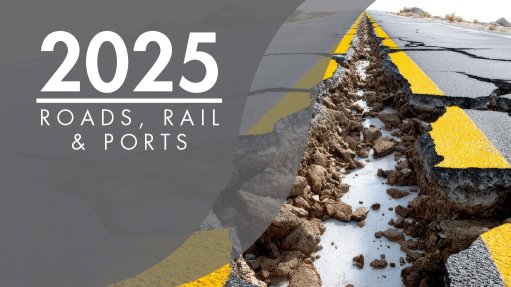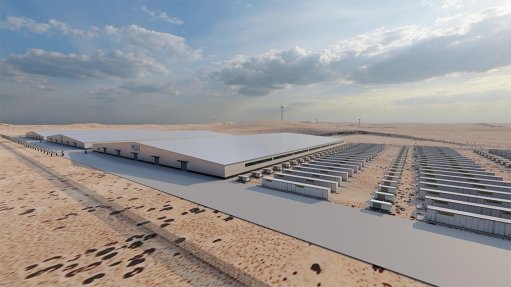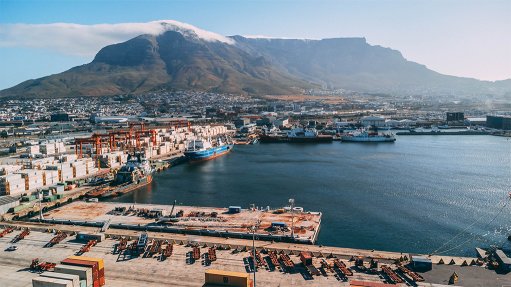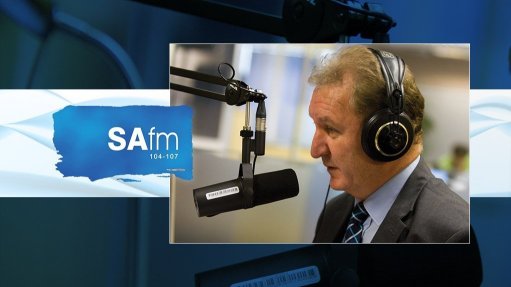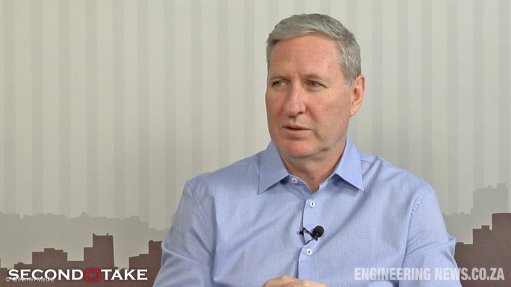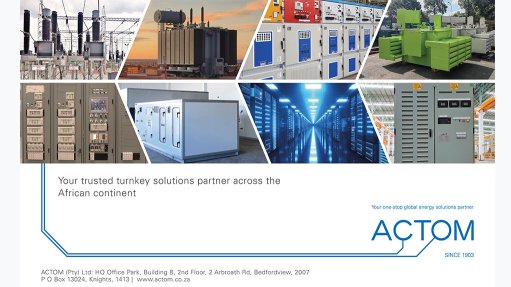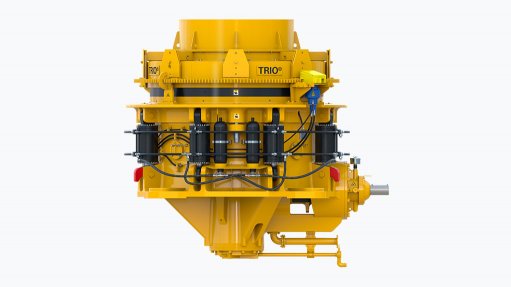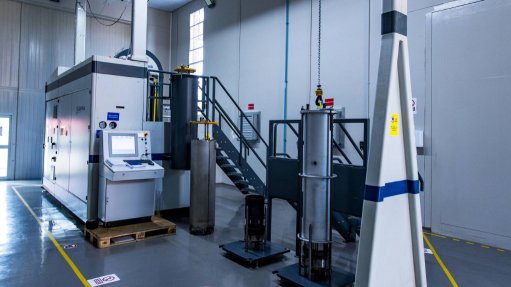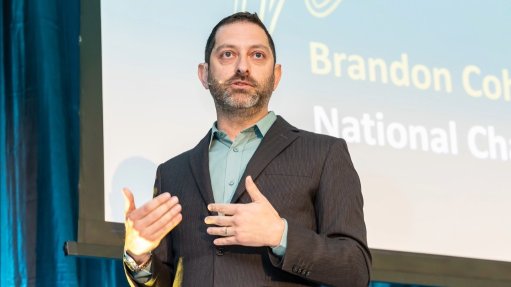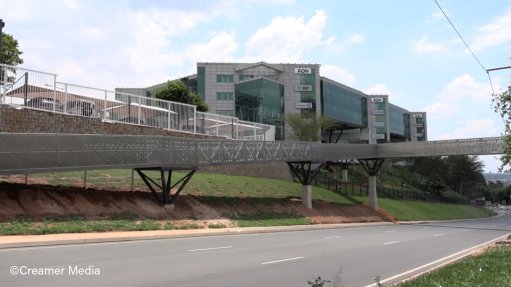AfCFTA can advance Africa’s automotive industry

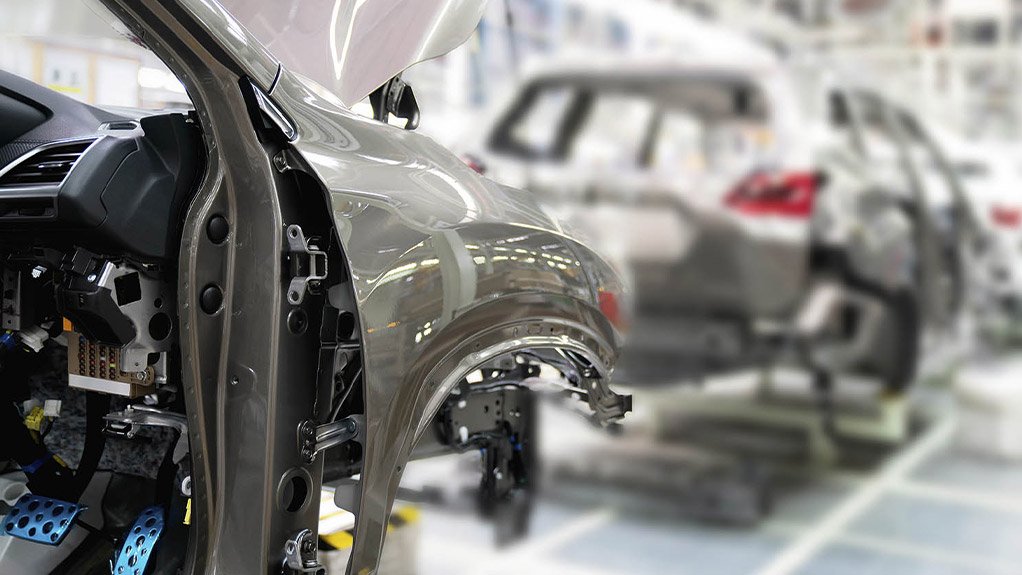

SIGNIFICANT PLATFORM The AfCFTA framework provides a significant platform for the continent to enhance its automotive value chain
SIYABONGA MTHEMBU South Africa must address its inefficiencies to lead the continent in developing automotive-specific infrastructure
South Africa is well placed to spearhead the automotive sector’s expansion on the African continent, leveraging its experience and infrastructure to capitalise on opportunities presented by the African Continental Free Trade Area (AfCFTA), says global professional services firm BDO South Africa partner and manufacturing and automotive specialist Siyabonga Mthembu.
The AfCFTA framework, in the event that “locally mined minerals are processed, transformed into components and used in vehicle production”, provides a significant platform for the continent to enhance its automotive value chain.
With the current new-vehicle market of 1.3-million units a year and its expected growth to between three- and five-million units by 2035, the continent has the potential to evolve from a consumer to a producer, consequently positioning Africa as both a manufacturing hub and an export market.
Despite these opportunities, South Africa’s automotive sector faces significant skills shortages, and Mthembu identifies critical gaps in areas such as welding, body repair, spray painting, mechanics and autoelectrical work.
These gaps may widen, with new investments, such as automotive company Stellantis’ R3-billion commitment to establish operations in Nelson Mandela Bay, in South Africa’s Eastern Cape, exacerbating existing skills shortages.
However, “businesses are actively trying to address these gaps through targeted upskilling programmes”, he notes.
Companies such as VW Group Africa and Jendamark have collaborated with the Nelson Mandela Bay Business Chamber Skills Desk to launch initiatives aimed at addressing the shortages.
BDO South Africa plays a pivotal role in this effort, partnering with the chamber’s trade and investment desk to develop cost-effective workforce development strategies.
However, Mthembu stresses that greater collaboration among the industry, government and educational institutions is essential to tackle the skills challenge. He also emphasises the need for a shift from traditional educational models to systems aligned with current market demands.
He calls for clear communication from the industry regarding specific skills shortages and the development of targeted training programmes by educational institutions and government. Training efforts, he argues, must be guided by market demands to ensure relevance and effectiveness.
Overcoming Inefficiencies
The efficiency of South Africa’s logistics and supply chain infrastructure is crucial to the success of its automotive industry. State-owned entity Transnet’s role in facilitating the export of locally produced vehicles underscores the importance of operational efficiency at ports and railway systems, Mthembu tells Engineering News.
“South Africa must address its inefficiencies to lead the continent in developing automotive-specific infrastructure and operational frameworks.”
Mthembu references the value of public–private partnerships in tackling these challenges, citing consortiums in the mining and automotive sectors as examples of collaborative efforts to enhance infrastructure.
He adds that, while South Africa has the capacity to meet local and international demand, collaboration across the continent is essential under the AfCFTA framework.
Mthembu says not all African nations will manufacture vehicles, as many will specialise in producing components and supplying parts.
“Each country should identify its specialisation and focus on that,” he says, noting that such an approach could create centres of excellence for specific components, supporting original-equipment manufacturers on the continent.
Meanwhile, as the automotive industry transitions to new energy vehicles (NEVs), South Africa has an opportunity to lead broader industrialisation efforts in Africa.
The local sector can support other nations in developing policies and strategies related to electric and hydrogen-powered vehicles. Mthembu cites renewable-energy company Hive Hydrogen’s R109-billion investment in a green ammonia plant as a key development that highlights the potential of hydrogen-based energy.
However, he stresses the importance of addressing basic logistical and policy challenges first: “Efficient logistics and supply chains are critical.”
Additionally, clear government policies and strategic plans for the transition to NEVs are needed to ensure the industry’s competitiveness and alignment with AfCFTA objectives.
“South Africa’s automotive sector is poised to play a pivotal role in driving the continent’s growth under the AfCFTA framework. By leveraging its infrastructure, skills and strategic partnerships, the nation can help position Africa as a global leader in automotive manufacturing,” he concludes.
Article Enquiry
Email Article
Save Article
Feedback
To advertise email advertising@creamermedia.co.za or click here
Comments
Press Office
Announcements
What's On
Subscribe to improve your user experience...
Option 1 (equivalent of R125 a month):
Receive a weekly copy of Creamer Media's Engineering News & Mining Weekly magazine
(print copy for those in South Africa and e-magazine for those outside of South Africa)
Receive daily email newsletters
Access to full search results
Access archive of magazine back copies
Access to Projects in Progress
Access to ONE Research Report of your choice in PDF format
Option 2 (equivalent of R375 a month):
All benefits from Option 1
PLUS
Access to Creamer Media's Research Channel Africa for ALL Research Reports, in PDF format, on various industrial and mining sectors
including Electricity; Water; Energy Transition; Hydrogen; Roads, Rail and Ports; Coal; Gold; Platinum; Battery Metals; etc.
Already a subscriber?
Forgotten your password?
Receive weekly copy of Creamer Media's Engineering News & Mining Weekly magazine (print copy for those in South Africa and e-magazine for those outside of South Africa)
➕
Recieve daily email newsletters
➕
Access to full search results
➕
Access archive of magazine back copies
➕
Access to Projects in Progress
➕
Access to ONE Research Report of your choice in PDF format
RESEARCH CHANNEL AFRICA
R4500 (equivalent of R375 a month)
SUBSCRIBEAll benefits from Option 1
➕
Access to Creamer Media's Research Channel Africa for ALL Research Reports on various industrial and mining sectors, in PDF format, including on:
Electricity
➕
Water
➕
Energy Transition
➕
Hydrogen
➕
Roads, Rail and Ports
➕
Coal
➕
Gold
➕
Platinum
➕
Battery Metals
➕
etc.
Receive all benefits from Option 1 or Option 2 delivered to numerous people at your company
➕
Multiple User names and Passwords for simultaneous log-ins
➕
Intranet integration access to all in your organisation






